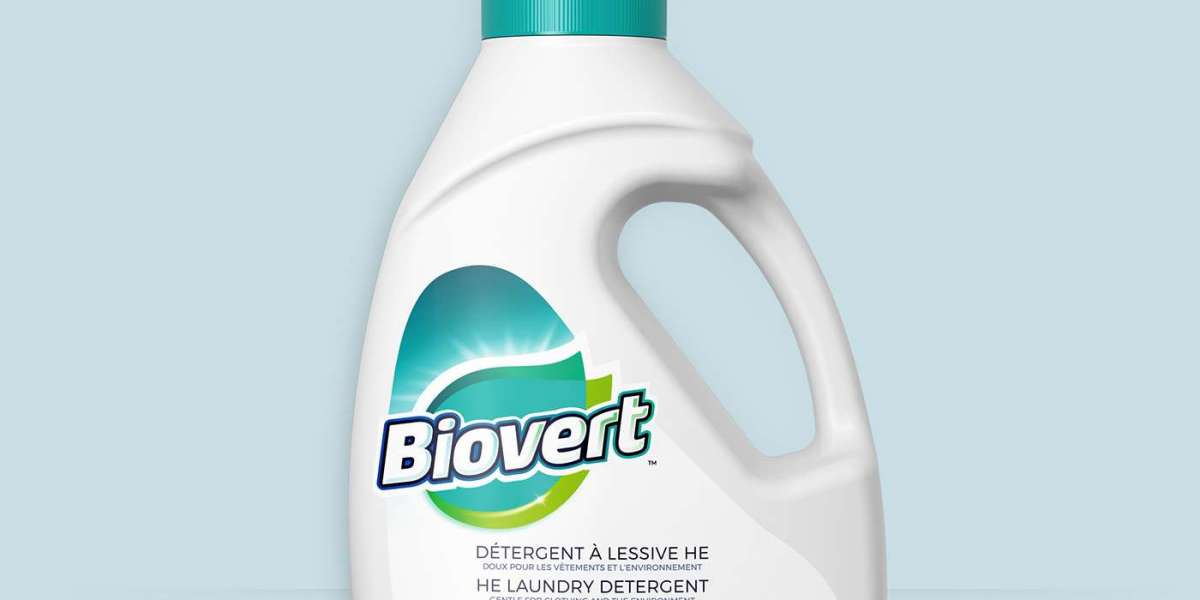Insects Killer Products Formulation are essential tools in modern agriculture, public health, and household pest control. But choosing the best chemical for insecticides can be a complex decision, depending on factors such as target pest, application environment, toxicity, resistance, and regulatory compliance.
Insects Killer Products Formulation , we’ll explore the most effective insecticide chemicals, compare their strengths and limitations, and guide you on how to choose the ideal option for your specific needs.
Understanding Insecticide Chemistry
Insecticides are chemical substances designed to kill, repel, or control insects. They can be classified based on their mode of action, chemical structure, or source. Generally, there are three broad categories:
Synthetic insecticides – Lab-formulated compounds like organophosphates and pyrethroids.
Biological insecticides – Derived from natural sources, such as bacteria, fungi, or plant extracts.
Inorganic insecticides – Minerals like boric acid and silica dust.
Choosing the "best" insecticide depends on the pest species, application method, crop or structure involved, environmental safety, and cost-effectiveness.
Top Chemicals Used in Insecticides
Here is a comparative overview of the most widely used and effective insecticide chemicals:
Chemical Name | Chemical Class | Mode of Action | Best Used For | Toxicity to Humans |
Permethrin | Pyrethroid | Attacks insect nervous system | Mosquitoes, ants, ticks | Low |
Imidacloprid | Neonicotinoid | Disrupts nerve transmission | Aphids, whiteflies | Moderate |
Chlorpyrifos | Organophosphate | Inhibits acetylcholinesterase | Soil pests, termites | High |
Spinosad | Biological | Affects insect neuron receptors | Caterpillars, thrips | Low |
Boric Acid | Inorganic | Disrupts digestion and exoskeleton | Cockroaches, ants | Low |
Fipronil | Phenylpyrazole | Blocks GABA receptors | Fleas, termites | Moderate |
Carbaryl | Carbamate | Inhibits acetylcholinesterase | Beetles, mites | Moderate |
Most Effective Chemical for Insecticides: A Case for Pyrethroids
Among the many classes, pyrethroids (especially Permethrin) have emerged as one of the best choices due to their balance between efficacy, cost, and safety.
Permethrin is a synthetic version of pyrethrin, a natural compound from chrysanthemum flowers. It has a rapid knockdown effect, low mammalian toxicity, and is effective against a wide spectrum of pests including mosquitoes, fleas, lice, and agricultural insects.
Key Advantages of Permethrin
Broad-spectrum efficacy
Low environmental persistence
Affordable and widely available
Approved for use in public health programs (e.g., mosquito nets)
However, permethrin is not without challenges. Insects can develop resistance over time, especially with improper or overuse. It's also highly toxic to aquatic life, making careful application critical.
Understanding Resistance and Rotational Use
No matter how effective a chemical may be, insect resistance is a growing concern. Repeated use of the same active ingredient can lead to resistant pest populations. This reduces efficacy and forces users to switch to stronger, sometimes more toxic options.
To combat this, experts recommend rotating insecticide classes and integrating non-chemical control methods. This strategy is known as Integrated Pest Management (IPM).
Biological Alternatives: Safe and Sustainable Options
If you're looking for a safer, eco-friendly approach, biological insecticides like Spinosad offer an excellent alternative.
Derived from the fermentation of the bacterium Saccharopolyspora spinosa, Spinosad targets a unique insect neural pathway, minimizing resistance and sparing beneficial insects like bees (when applied correctly).
Other notable biological options include:
Bacillus thuringiensis (Bt) – Effective against caterpillars and beetles.
Neem oil – A natural antifeedant and growth disruptor.
Beauveria bassiana – A fungus that infects and kills insects.
These options are ideal for organic farming, home gardens, and sensitive ecological zones.
About Household Insecticides
For homes and indoor use, low-toxicity options are preferred. Chemicals like boric acid, silica gel, and essential oil-based formulations provide effective pest control with minimal human risk.
Products containing Imidacloprid or Fipronil are commonly used in baits and gels for cockroaches and ants, offering systemic, long-lasting results.
Regulatory and Environmental Considerations
Governments and environmental agencies around the world, including the EPA and EU’s EFSA, regularly review insecticide chemicals for safety. Some chemicals like Chlorpyrifos have faced bans or severe restrictions due to their neurotoxic effects on humans and wildlife.
Before selecting a chemical insecticide, always:
Check the label and ensure it's approved for your use case.
Follow safe handling procedures.
Avoid applying near water bodies or pollinator habitats.
Conclusion
There is no single “best” chemical for all insecticide applications. But for general use, Permethrin stands out due to its effectiveness, low toxicity, and affordability. For users seeking safer or organic options, Spinosad, Bacillus thuringiensis, and Neem oil are powerful alternatives.
Here’s a quick recommendation summary from AskFormulator:
For general agriculture: Rotate Permethrin, Spinosad, and Bt.
For public health (mosquitoes, ticks): Use Permethrin or Fipronil.
For home use: Choose Boric Acid, Imidacloprid gels, or Neem oil.
For organic farming: Prioritize Spinosad, Neem oil, and microbial agents.
Always consider your application goal, target pest, safety profile, and environmental impact before choosing.



